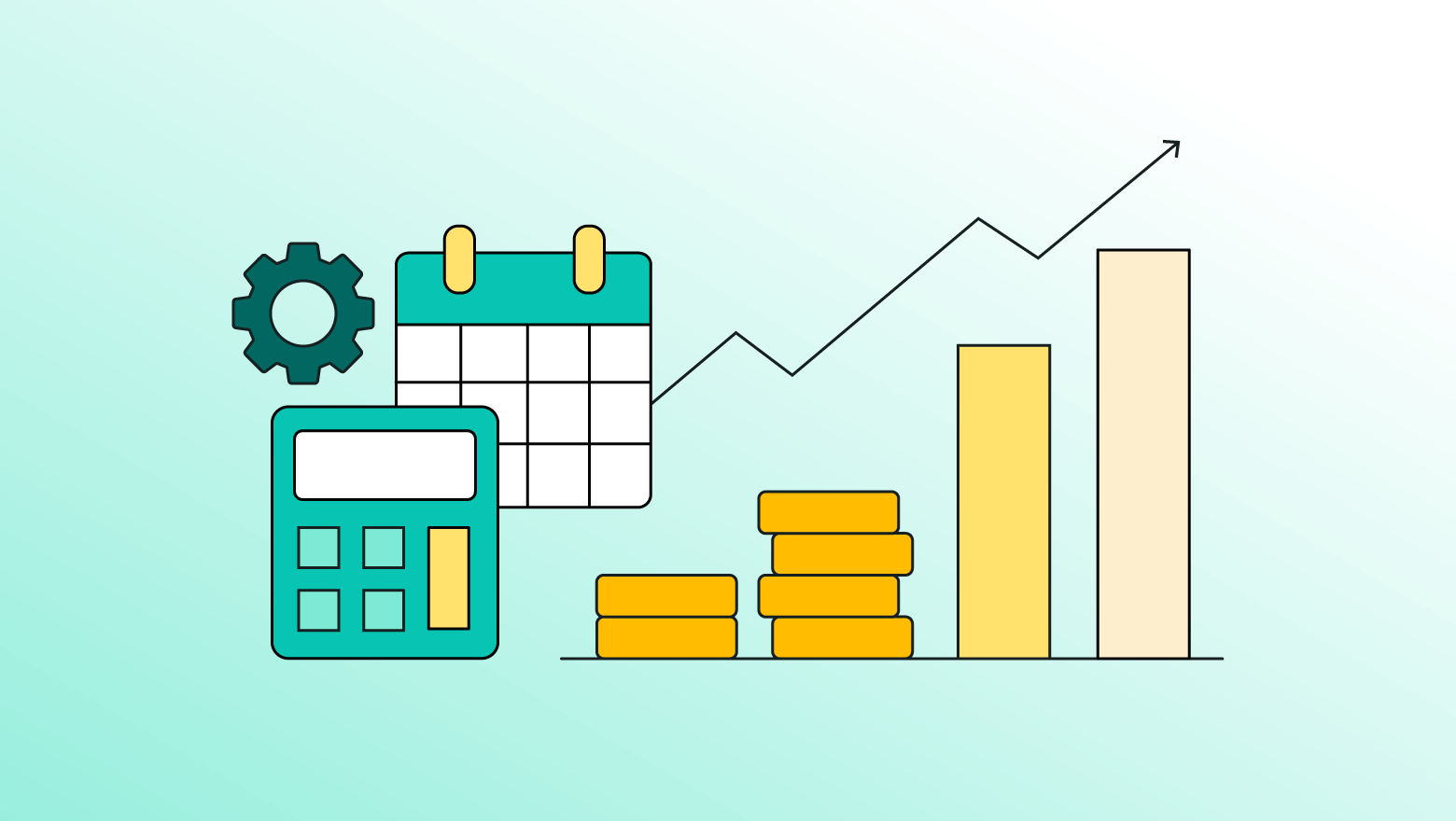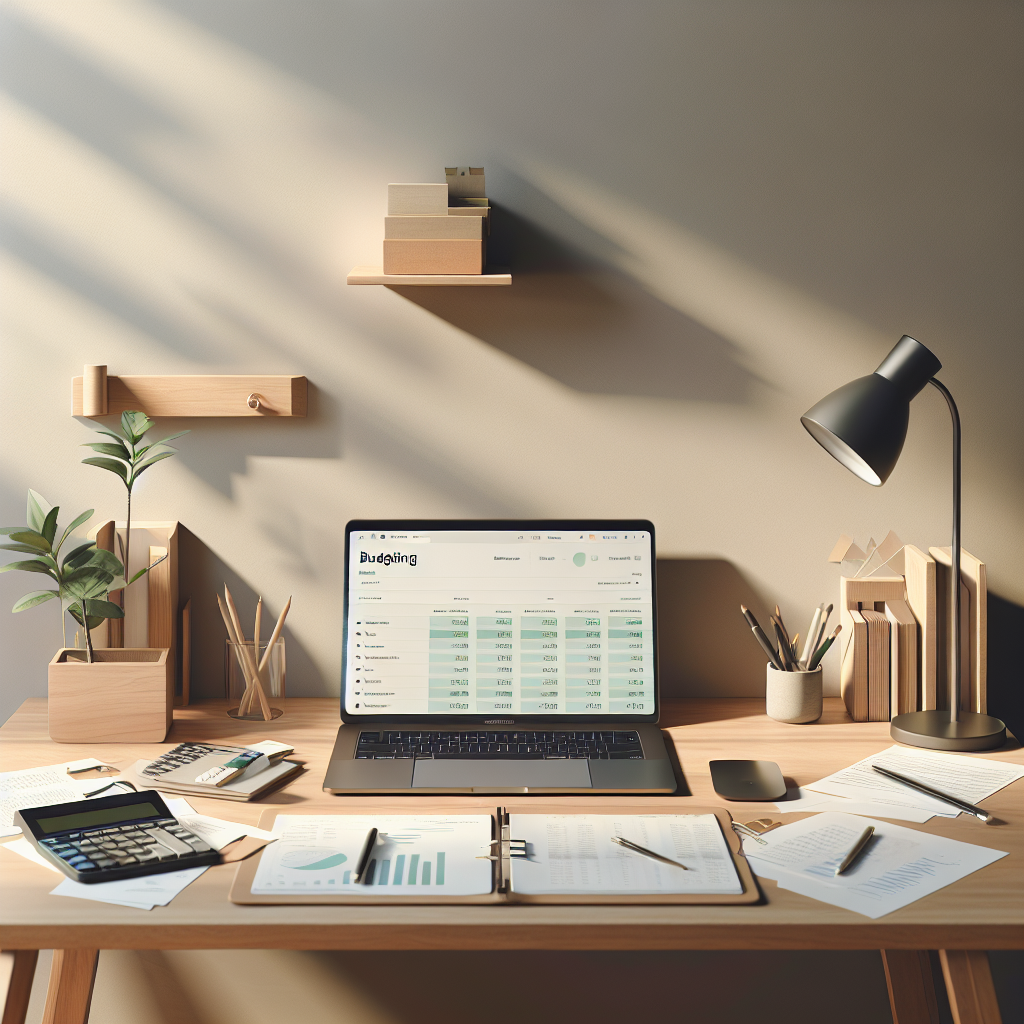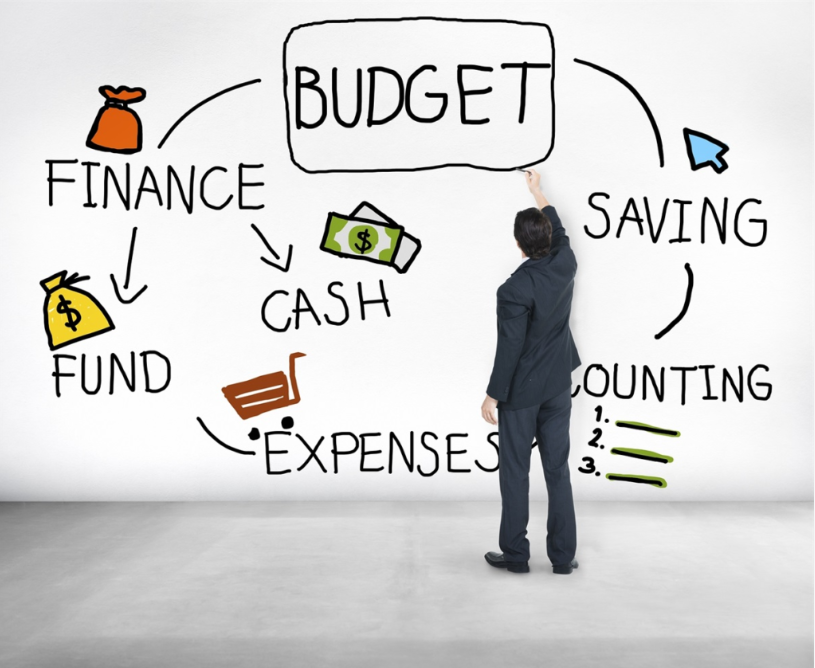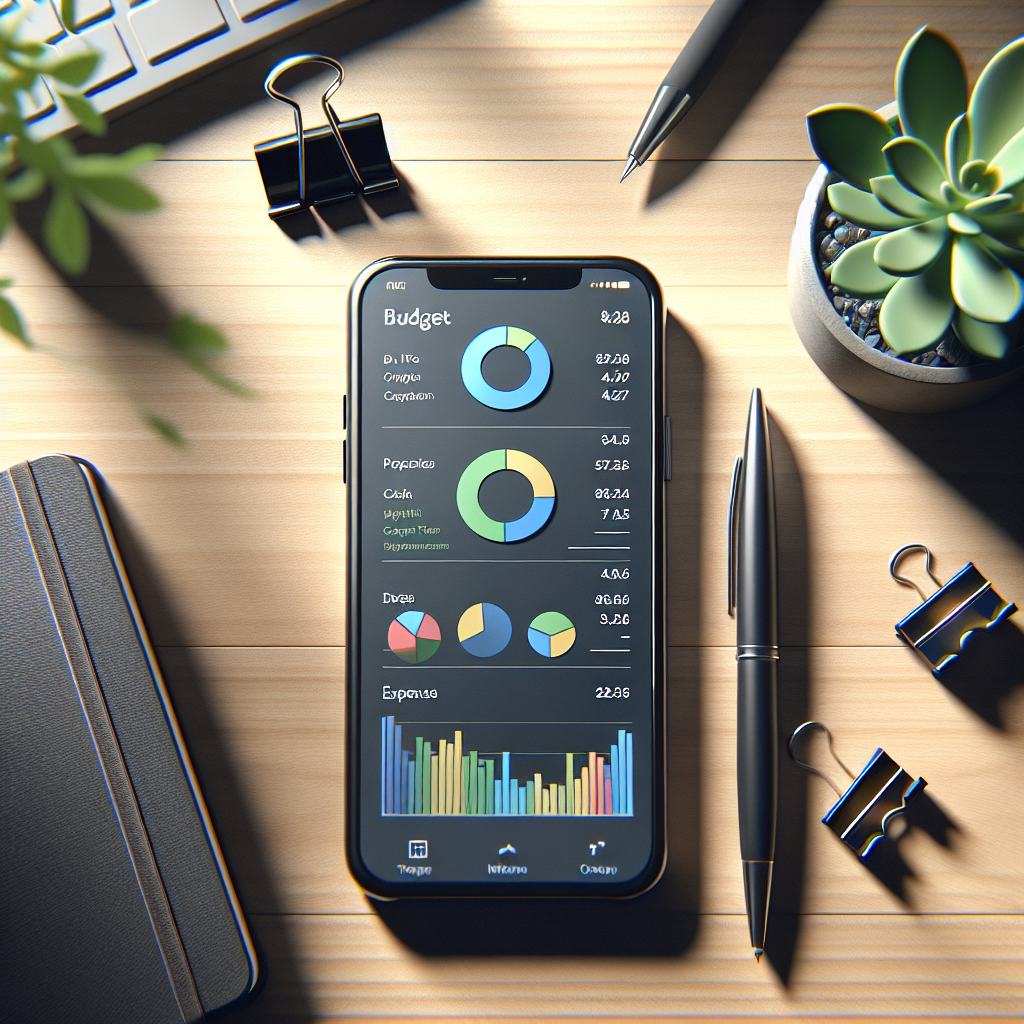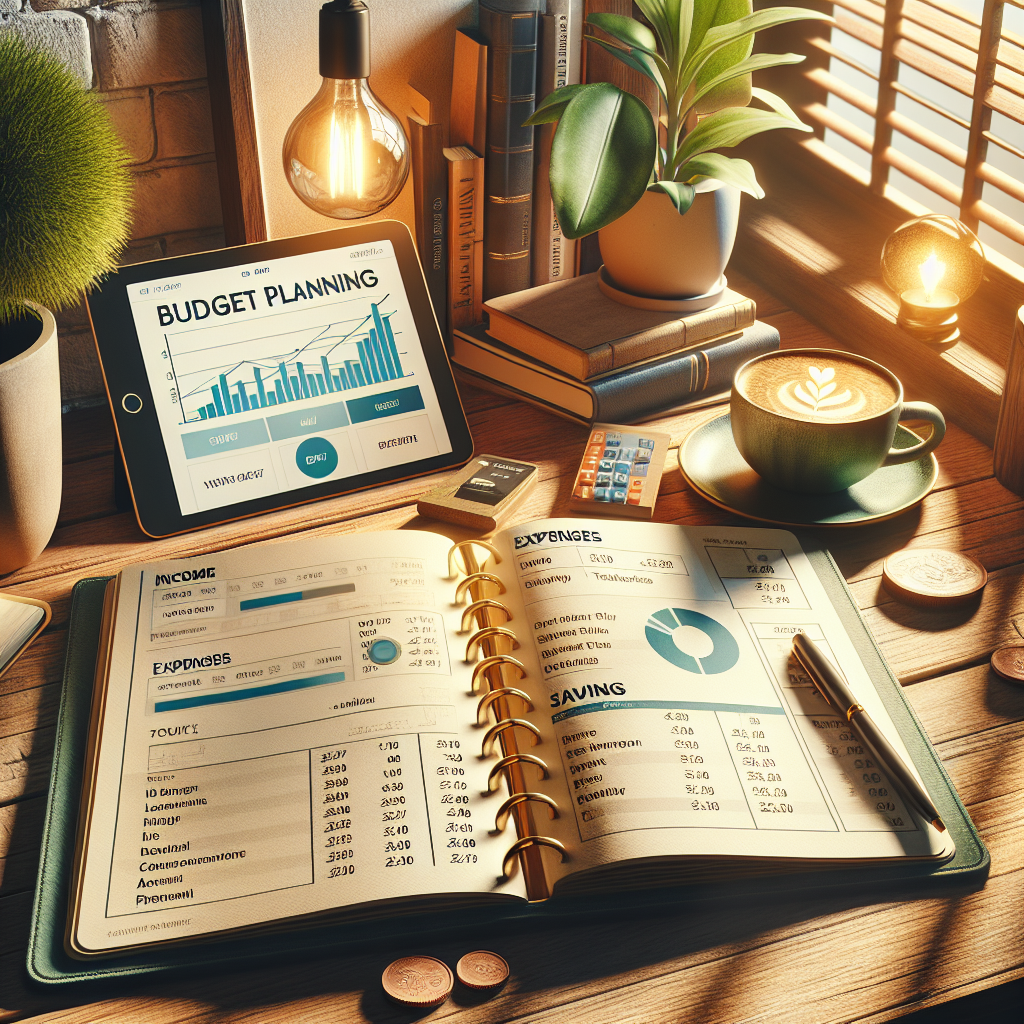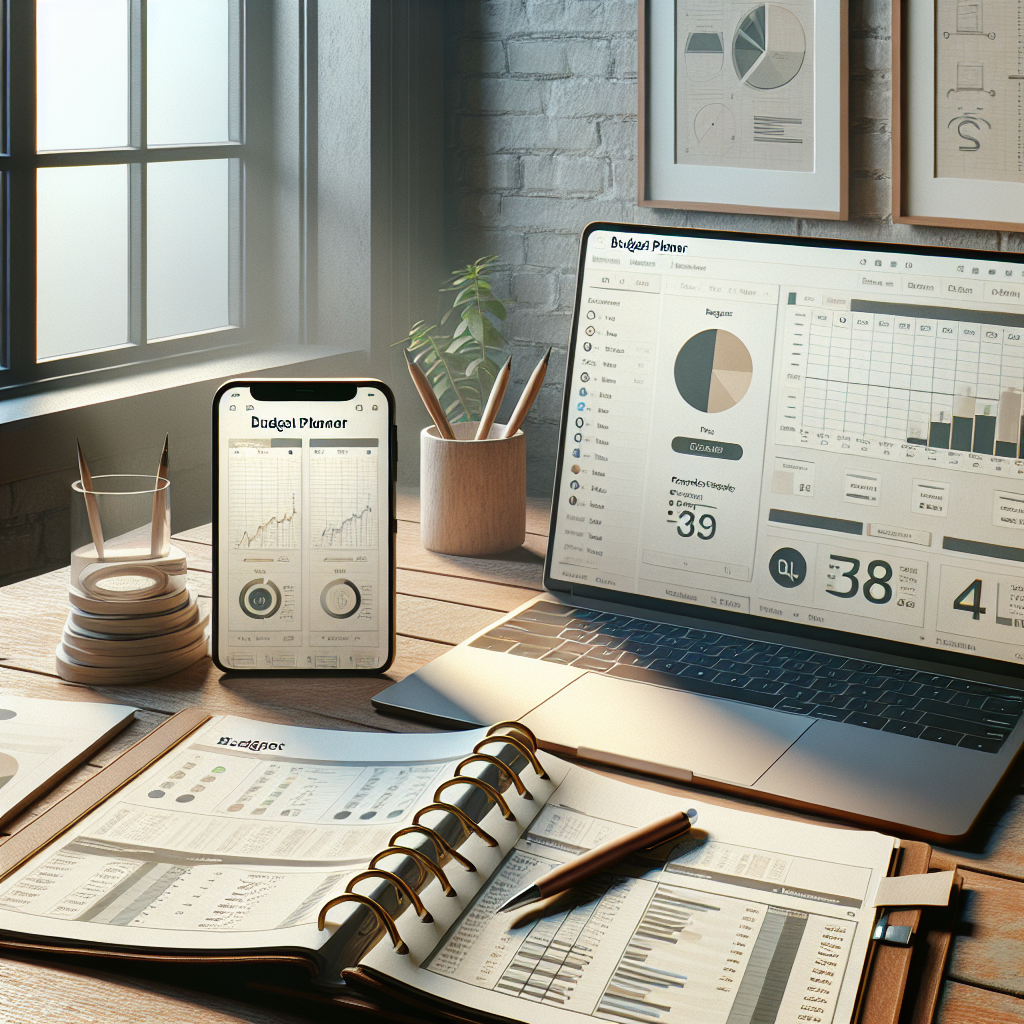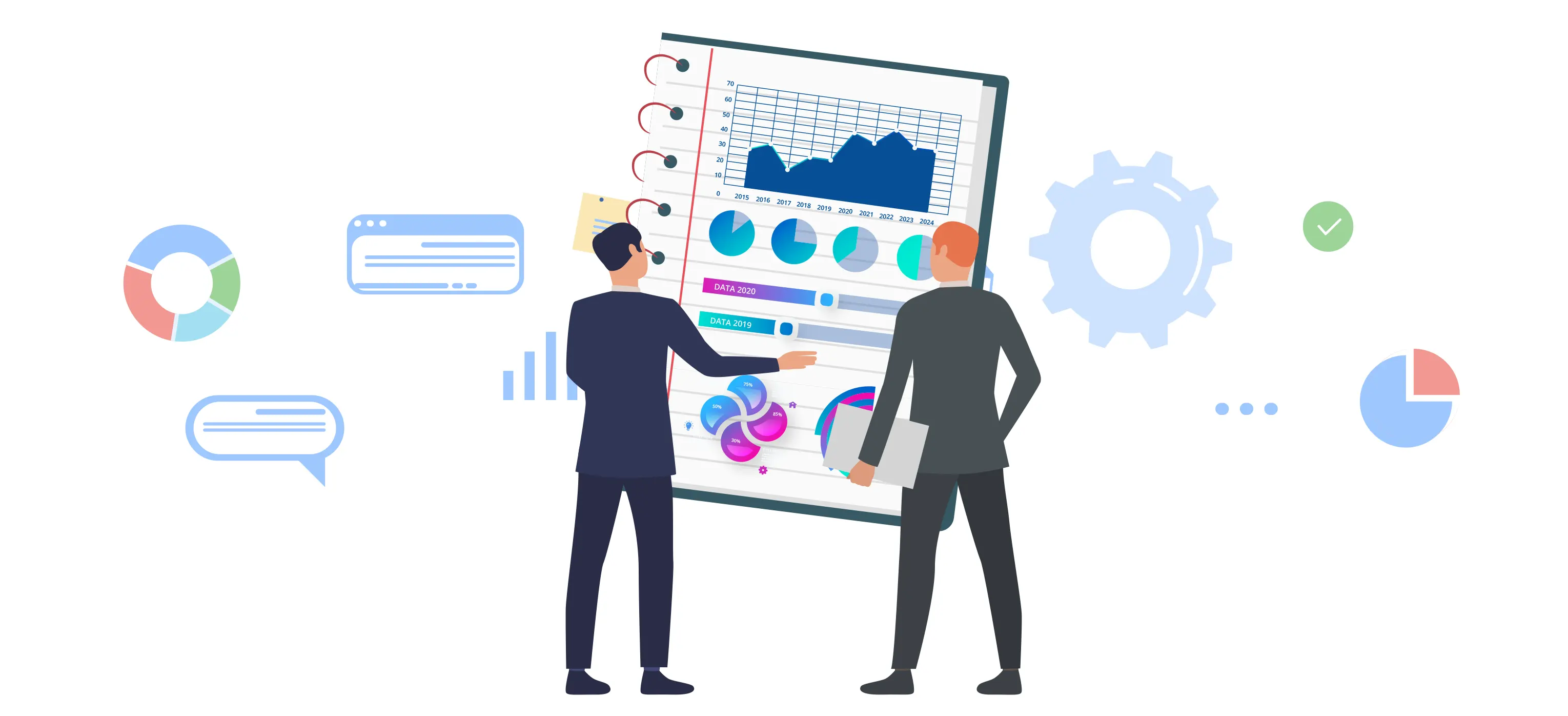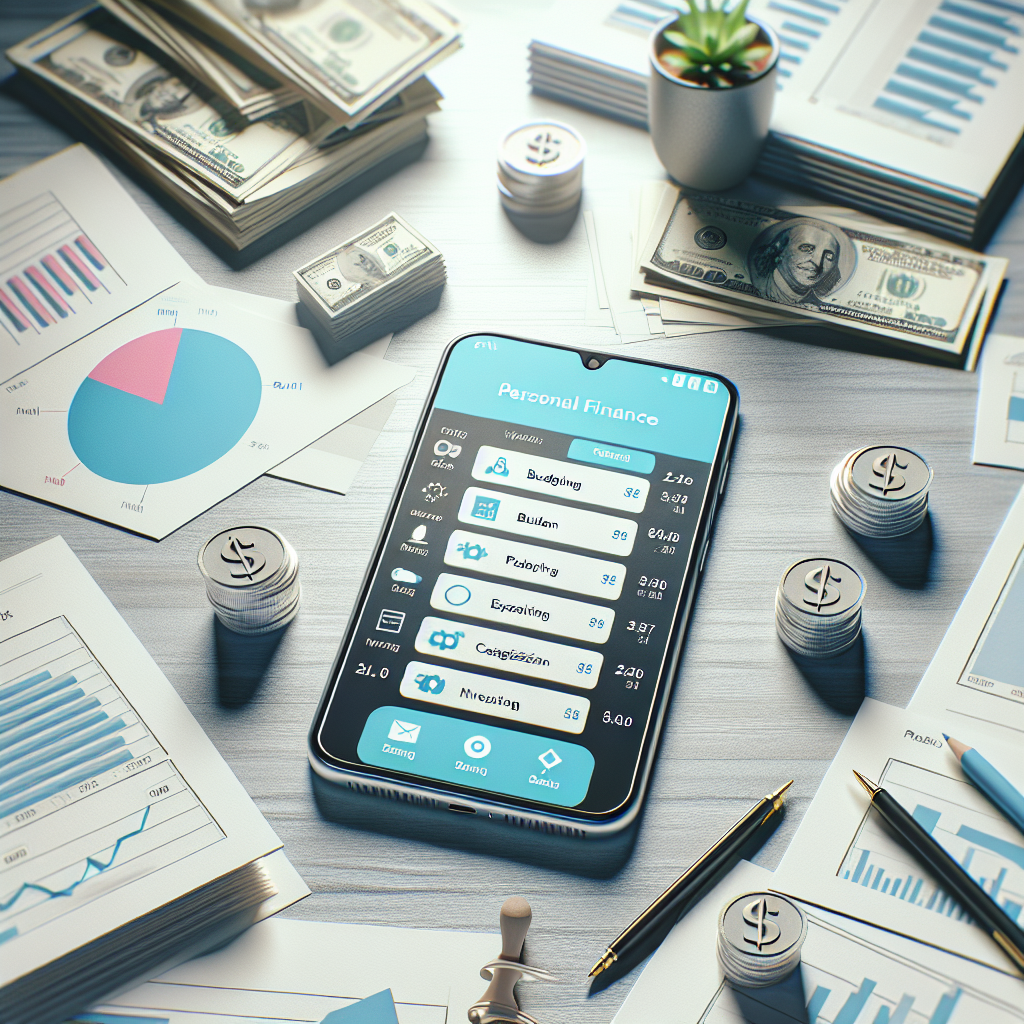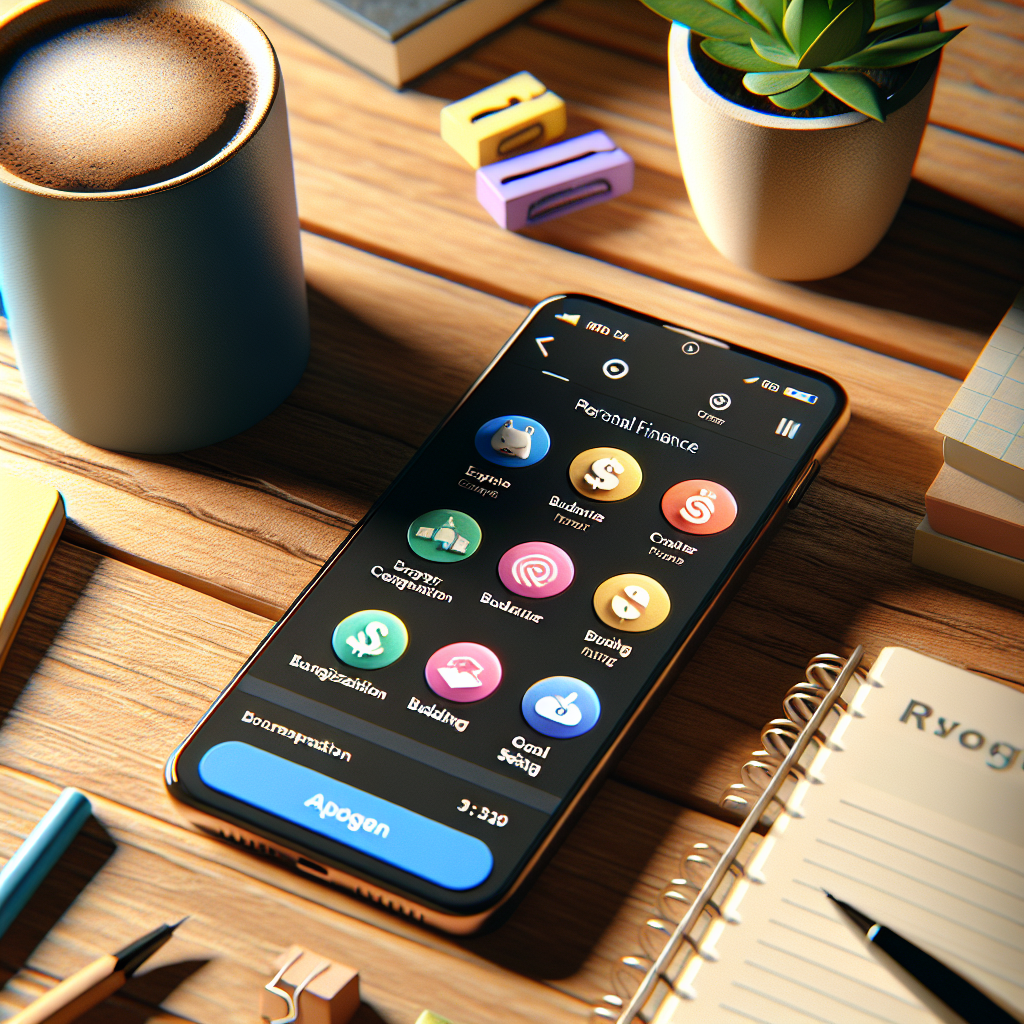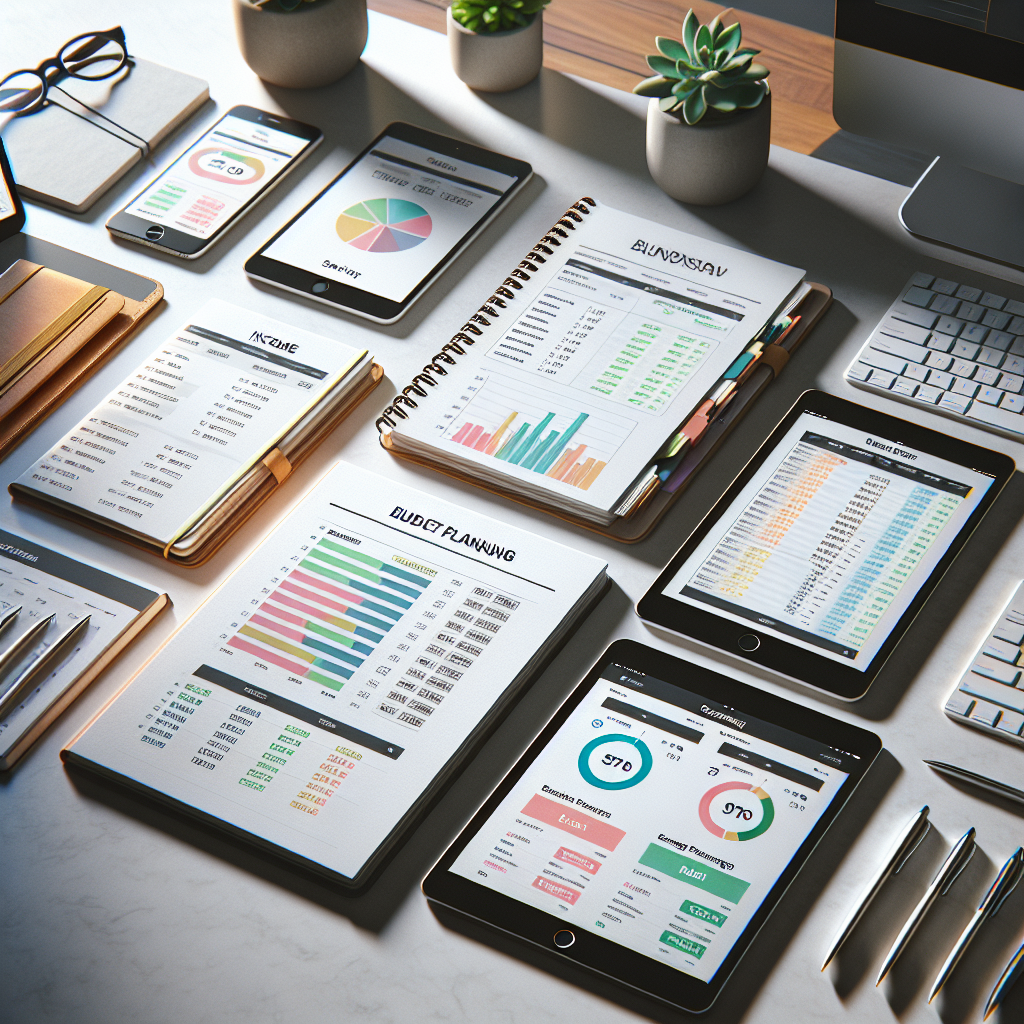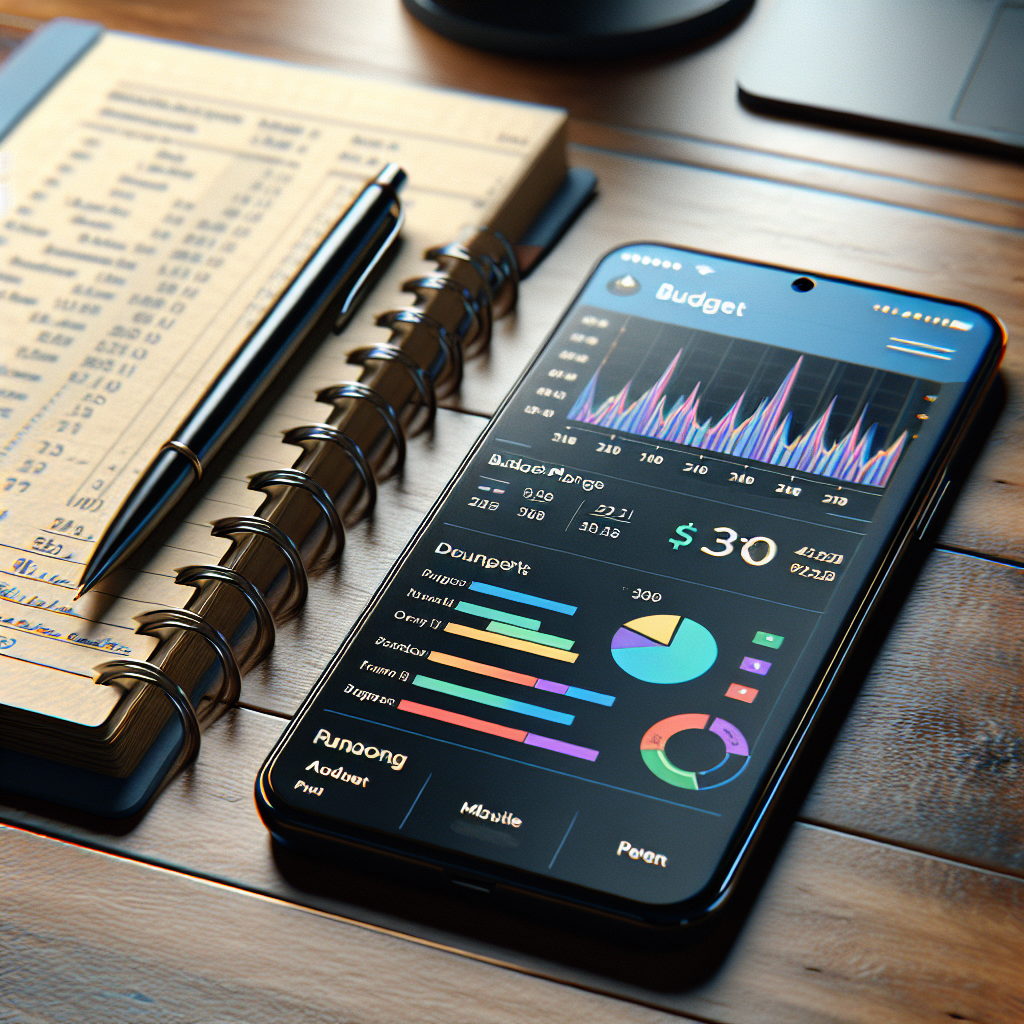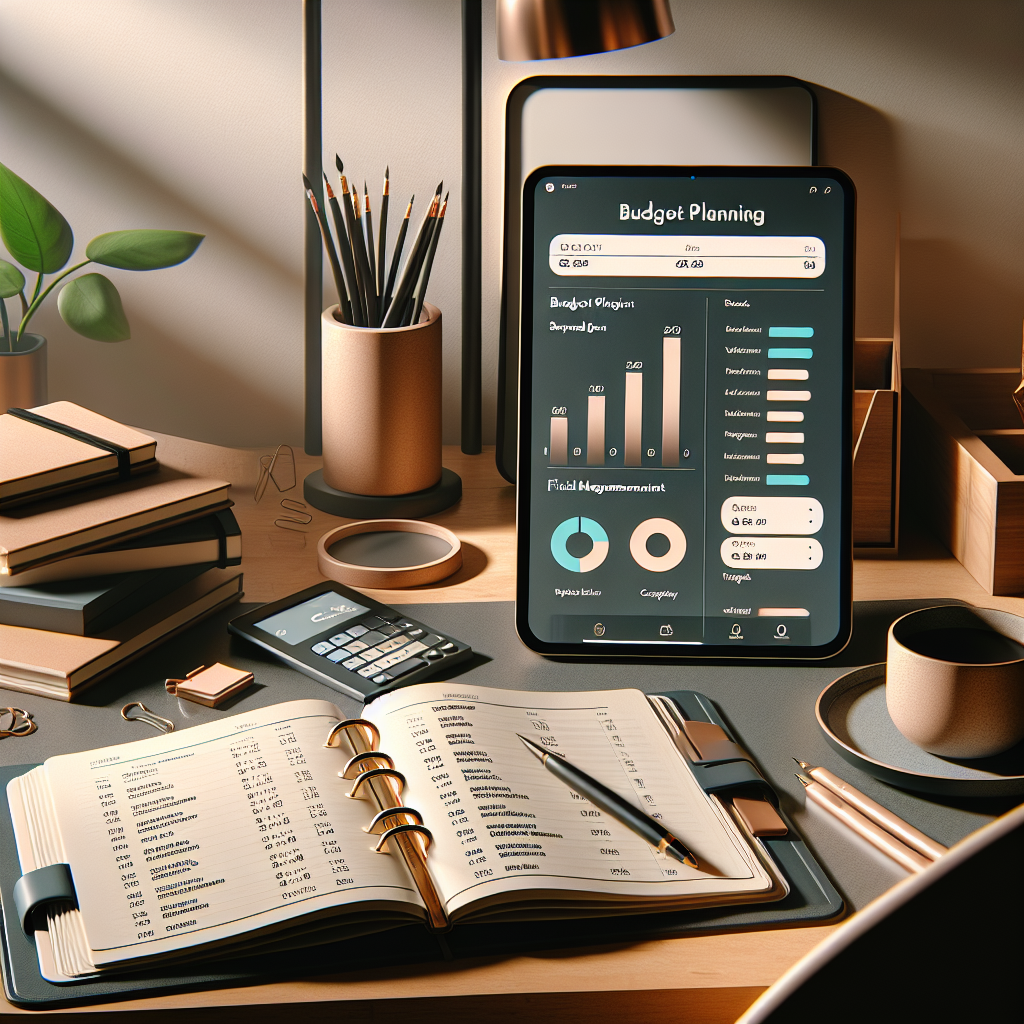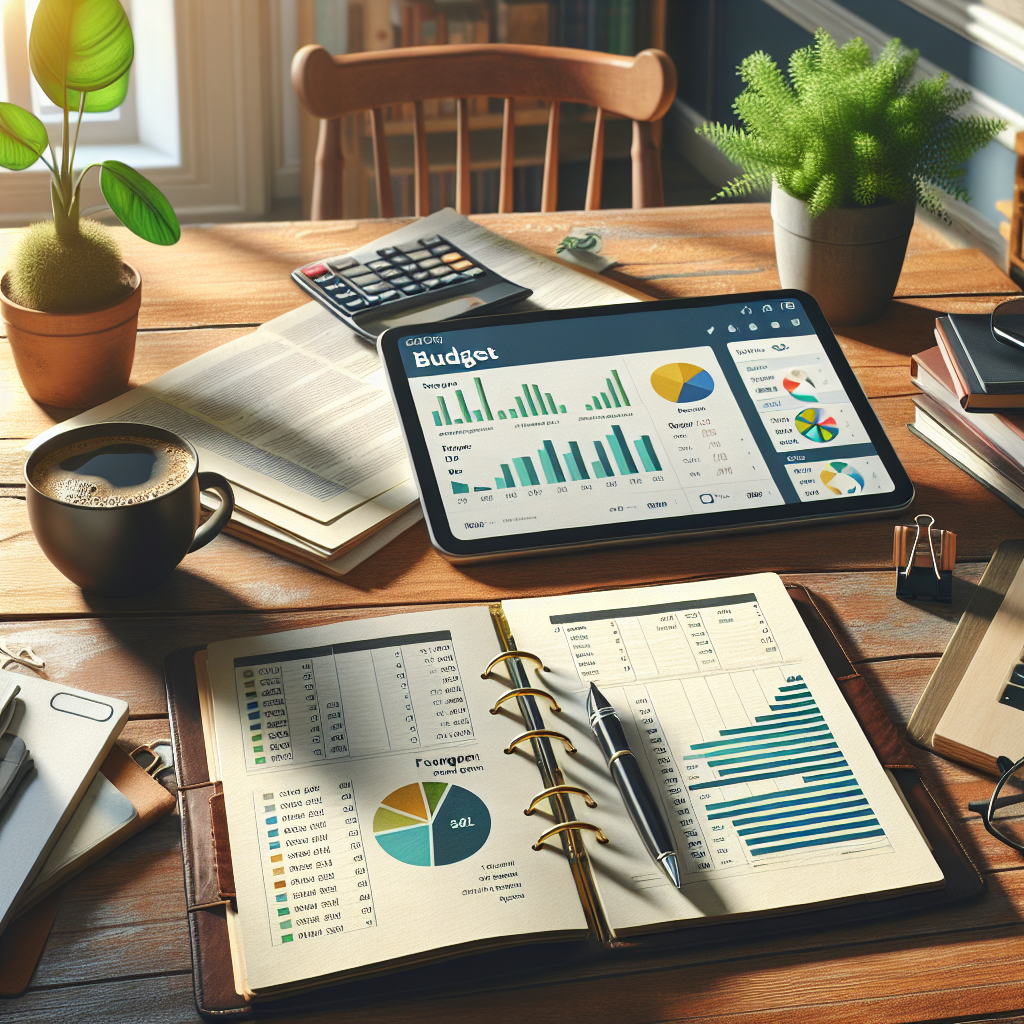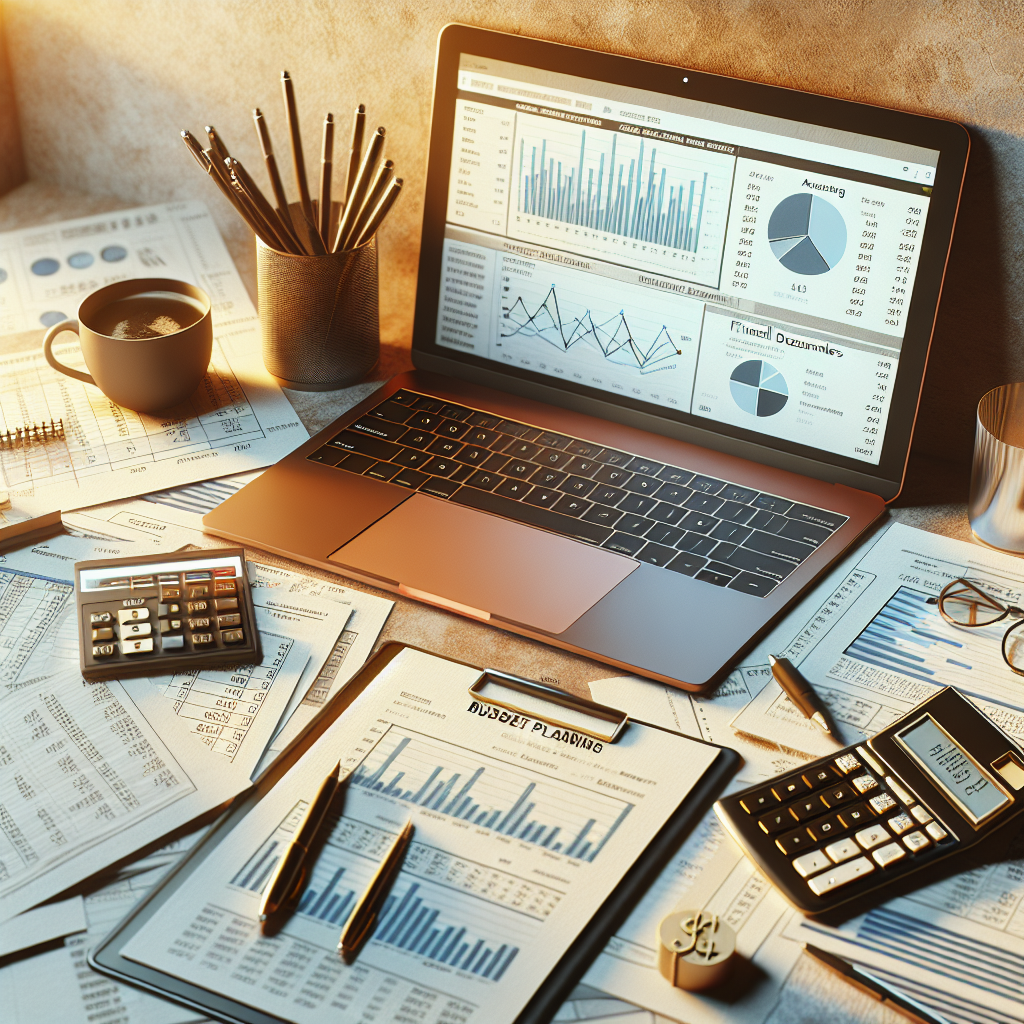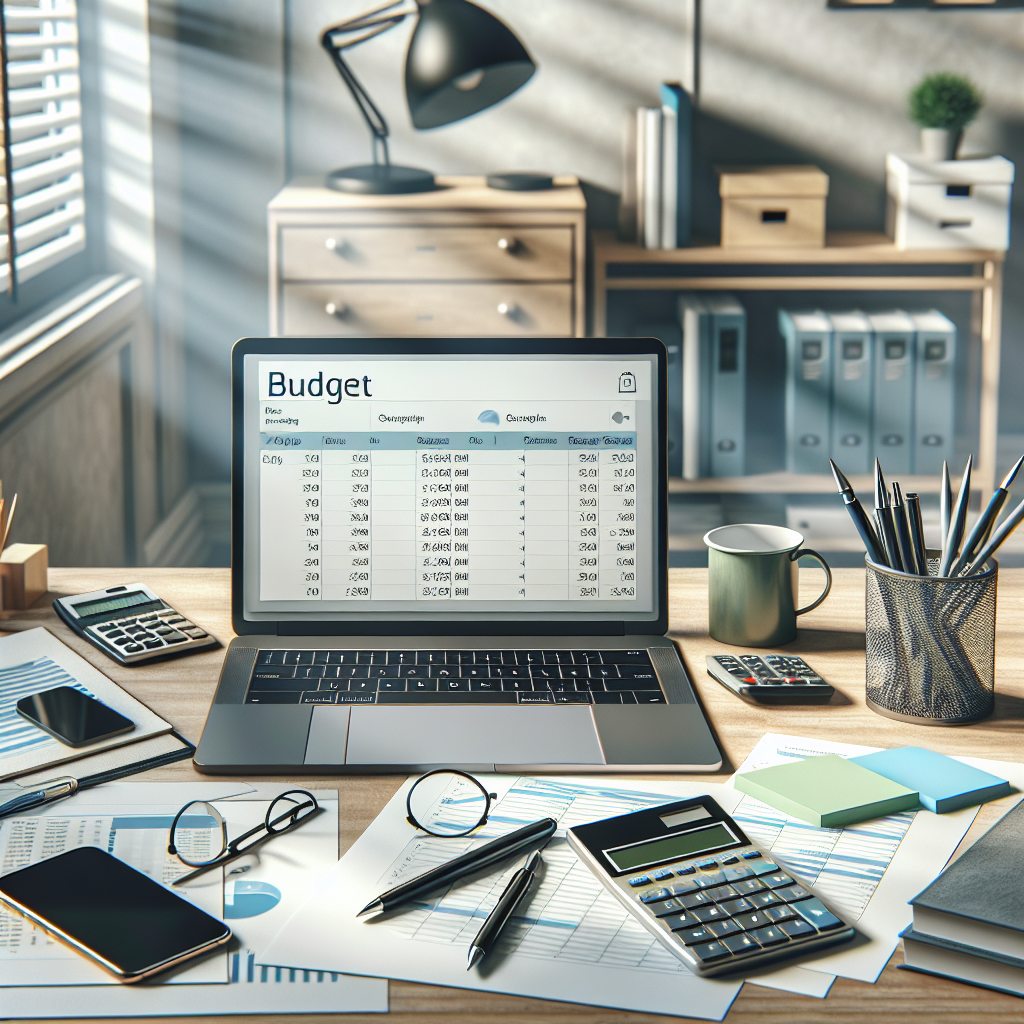In today’s fast-paced world, managing personal finances can be a daunting task. However, with the advent of technology, tools like the Goodbudget App are transforming how individuals and families approach budgeting. This intuitive platform is designed to provide users with a seamless experience, offering features that simplify the process of tracking expenses and setting financial goals. By utilizing the envelope budgeting method, the app allows users to allocate income toward various spending categories, ensuring that every dollar is accounted for.
The Goodbudget App stands out for its user-friendly interface, making it accessible to both budgeting novices and seasoned financial planners. Its cloud-based system ensures that your budget is always at your fingertips, whether you’re at home or on the go. Moreover, the app’s collaborative nature allows multiple users to manage a single budget, making it ideal for families or roommates looking to share financial responsibilities.
With the Goodbudget App, you’ll gain insights into your spending habits, helping you make informed financial decisions. The app’s detailed reports and visual graphs give you a clear overview of your financial health, empowering you to take control of your money like never before. Ready to take control of your finances and experience effortless savings? Download Vala today and start managing your budget with ease!
User-Friendly Interface And Experience

One of the most appealing aspects of the Goodbudget App is its user-friendly interface, designed to streamline the budgeting process for users of all skill levels. The app’s layout is clean and intuitive, ensuring that you can easily navigate through its features without feeling overwhelmed. Clear icons and labels guide you through each step, from setting up your budget to tracking your expenses.
Upon launching the app, users are greeted with a visually engaging dashboard that provides a snapshot of their financial status. Whether you’re checking how much you’ve spent in a particular category or reviewing your savings progress, the information is presented in a way that’s easy to understand at a glance. This immediacy is crucial for helping users make quick and informed decisions about their spending habits.
Moreover, the Goodbudget App offers customization options that cater to individual preferences, allowing users to tailor the app to their specific needs. You can create personalized categories, set spending limits, and even sync your budget with other devices, ensuring that your financial data is always up to date. These features not only enhance the overall user experience but also make budgeting a more engaging and less daunting task.
In addition, the app’s developers have prioritized accessibility, ensuring that the platform is available on both iOS and Android devices. This cross-platform compatibility means that users can manage their finances anytime, anywhere, further enhancing the app’s convenience and appeal.
Envelope Budgeting Method Explained
The envelope budgeting method is a time-tested financial strategy that has been effectively adapted by the Goodbudget App to fit the needs of modern users. This method involves allocating your income into various categories, or “envelopes,” each designated for specific expenses such as groceries, rent, utilities, and entertainment. By doing so, it helps you visualize and control your spending, ensuring that you don’t exceed your budget in any particular area.
Traditionally, this approach required the physical use of envelopes filled with cash, but the Goodbudget App has digitized the process for added convenience. Within the app, users can easily set up virtual envelopes, assigning a fixed amount of money to each based on their budgeting goals. As you record transactions, the app automatically deducts the spending from the respective envelope, providing a real-time view of your financial standing.
This method is particularly beneficial for individuals and families who prefer a structured approach to managing their finances. It encourages discipline and accountability, as it becomes clear when funds in a particular envelope are running low, prompting adjustments in spending habits. Additionally, by having a designated “envelope” for savings, users can also prioritize setting aside money for future goals.
Moreover, the envelope budgeting method helps to eliminate financial surprises, offering peace of mind by ensuring that all expenses are planned for and covered. This organized system empowers users to make informed decisions about their finances, aligning with the app’s mission to facilitate effortless budget management.
Cross-Platform Accessibility Features

One of the standout features of the Goodbudget App is its cross-platform accessibility, making it a versatile tool for users on various devices. Whether you’re using a smartphone, tablet, or computer, the app ensures that your budgeting data is seamlessly synchronized and accessible across all platforms. This level of accessibility is crucial for users who need to manage their finances on-the-go, offering a consistent and unified experience regardless of the device being used.
The app is available on both iOS and Android platforms, catering to a wide range of users. This compatibility means you can effortlessly switch between devices without losing any data, as all your financial information is stored in the cloud. The intuitive interface adjusts to different screen sizes and operating systems, maintaining ease of use whether you’re on a mobile app or a web browser.
Additionally, the cross-platform features of the Goodbudget App support collaboration among family members or partners who share financial responsibilities. Multiple users can access the same account, allowing them to stay informed and aligned on budgetary goals and spending patterns. This feature is particularly beneficial for households that manage joint expenses, ensuring transparency and communication when it comes to family finances.
The app’s commitment to cross-platform accessibility not only enhances user convenience but also reinforces its reliability and efficiency as a financial management tool. By providing a consistent experience across devices, the Goodbudget App ensures that users can maintain control over their financial planning anytime and anywhere, seamlessly fitting into their daily lives.
How Goodbudget Enhances Financial Planning
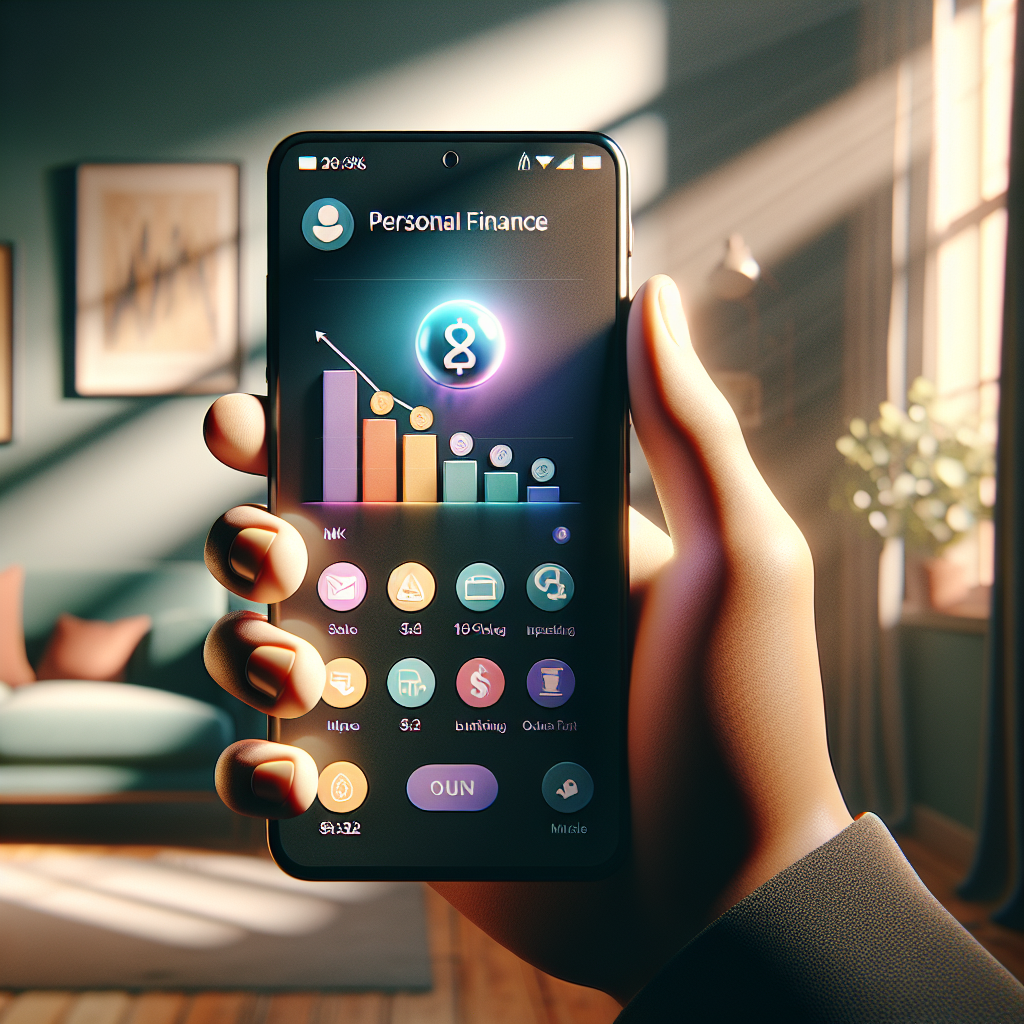
The Goodbudget App is not just a tool for tracking expenses; it plays a pivotal role in enhancing your overall financial planning. By adopting a proactive approach to budgeting, the app empowers users to make informed financial decisions that align with their long-term goals. One of the primary ways it achieves this is through its envelope budgeting system, which encourages users to allocate funds to different categories ahead of time, promoting disciplined spending and saving habits.
This method allows users to visualize their budget and see where their money is going, making it easier to identify areas where they might be overspending. By setting spending limits on various categories, users can ensure that they are not exceeding their budget, helping them to achieve their financial goals more efficiently. The app’s ability to track real-time expenses against these predefined envelopes provides users with immediate feedback, allowing for quick adjustments if necessary.
Furthermore, the Goodbudget App supports users in setting and achieving savings goals by offering features that enable users to earmark funds for specific purposes, such as an emergency fund or a vacation. This intentional saving approach encourages users to prioritize saving as a key component of their financial strategy, ultimately leading to a more secure financial future.
Additionally, the app offers insightful reports and charts that give users a comprehensive view of their financial health over time. These visual tools are invaluable for assessing past performance, recognizing spending trends, and planning for future financial milestones. By leveraging these features, users can create a more structured and strategic financial plan that adapts to their evolving needs and aspirations.
User Testimonials And Success Stories

What truly sets the Goodbudget App apart is the resounding success stories and positive testimonials from its diverse user base. Many individuals have shared how the app has transformed their approach to managing finances, enabling them to achieve financial freedom and peace of mind. Users often highlight the app’s user-friendly interface and practical features that make budgeting a less daunting task.
Take Sarah, for instance, who managed to pay off her student loans two years ahead of schedule. She credits the envelope system for helping her allocate extra funds to her loan payments, making her dream a reality. Similarly, Mark, a small business owner, found that Goodbudget’s insights allowed him to optimize his business expenses, leading to increased profitability and savings.
Parents often praise the app for its ability to help them plan family budgets, ensuring they can save for their children’s education while still managing day-to-day expenses. These stories are a testament to how the app’s approach to budgeting can be tailored to fit any lifestyle, providing the tools needed to succeed financially.
Ready to take control of your finances and experience effortless savings? Download Vala today and start managing your budget with ease! The journey to financial empowerment starts with the right tools, and with Vala, you have a partner dedicated to helping you achieve your financial dreams.
